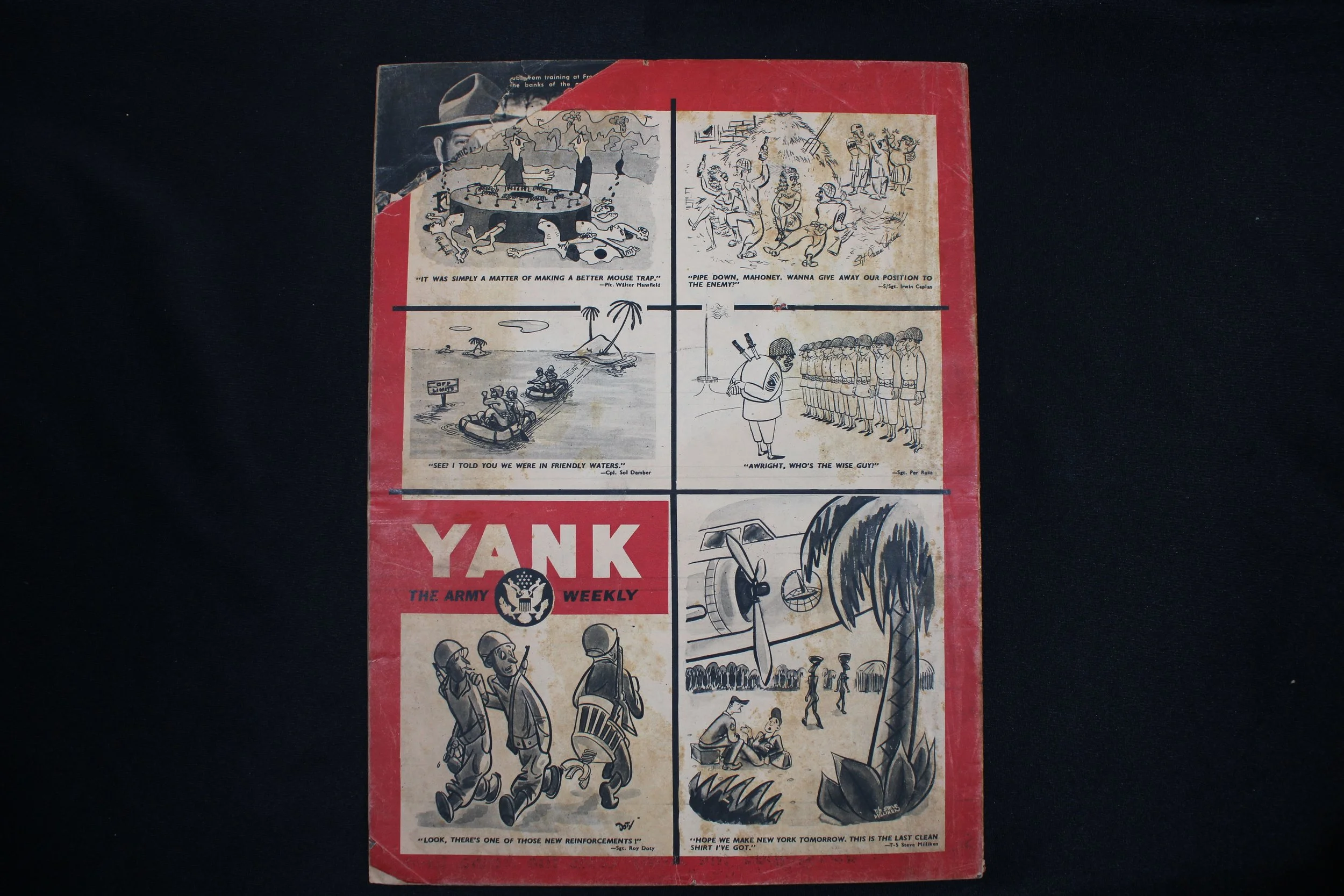 Image 1 of 4
Image 1 of 4

 Image 2 of 4
Image 2 of 4

 Image 3 of 4
Image 3 of 4

 Image 4 of 4
Image 4 of 4





Raid 9 - Rescuing Mussolini: Gran Sasso 1943 by Robert Forczyk
The successful rescue of imprisoned Italian dictator Benito Mussolini from atop the Gran Sasso plateau by German glider-borne troops on 12 September 1943 was one of the most dramatic Special Forces operations in military history. Arrested by his own officers in July 1943, Mussolini had been whisked away to an isolated and heavily-guarded mountain-top resort, the Hotel Campo Imperatore at Gran Sasso, which could only be reached by a heavily guarded cable car station. It was clear to the Germans - who wished to rescue Mussolini in order to keep at least the appearance that Italy was still on the Axis side - that any conventional rescue operation would have to fight its way through too much opposition and that Mussolini's captors would have ample time to execute him before he could be rescued. However, the Waffen SS had begun to develop the genesis of a commando-style raiding force that appeared suitable for the mission. Once Mussolini's location at Gran Sasso was confirmed, Hitler ordered the assault force, led by SS Haupsturmführer Otto Skorzeny, to conduct a rescue mission to extract Mussolini alive from the mountaintop.
Despite unfavorable terrain for a gliderborne landing - including large boulders and steep cliffs near the landing zone - most of the German gliders succeeded in landing atop the Gran Sasso and the assault force was able to move in before the stunned Italian defenders could organize a response or eliminate Mussolini. Adding to the successful assault, Skorzeny was able to organize a desperate and ad hoc extraction plan using a light Fiesler Storch aircraft, when failed communications scuttled the pre-planned extraction method. At great risk, Mussolini was flown off the mountain and Skorzeny's raiding force had achieved all their objectives without firing a shot. Although the rescue of Mussolini failed to keep Italy on the Axis side, it did serve as a valuable propaganda boost for Germany in the face of defeats in Italy and the Soviet Union, as well as pointing toward a new dimension in warfare.
This title details the strategic context of this daring raid, the origins of the plans, and the initial strategy adopted by the German Special Operations forces, before going on to describe in full detail the plan, execution and final outcome of the operation. Forczyk also offers a complete and comprehensive analysis of the events and their aftermatch, along with suggestions for further reading. Discover the history of this classic wartime raid, which continues to fascinate military history enthusiasts and lovers of adventure, in this new addition to the Raid series by Robert Forczyk.
Condition: Very Good
Pages: 64 Paperback
Dimensions: 7-1/4x9-3/4
Author: Robert Forczyk
Publisher: Osprey
The successful rescue of imprisoned Italian dictator Benito Mussolini from atop the Gran Sasso plateau by German glider-borne troops on 12 September 1943 was one of the most dramatic Special Forces operations in military history. Arrested by his own officers in July 1943, Mussolini had been whisked away to an isolated and heavily-guarded mountain-top resort, the Hotel Campo Imperatore at Gran Sasso, which could only be reached by a heavily guarded cable car station. It was clear to the Germans - who wished to rescue Mussolini in order to keep at least the appearance that Italy was still on the Axis side - that any conventional rescue operation would have to fight its way through too much opposition and that Mussolini's captors would have ample time to execute him before he could be rescued. However, the Waffen SS had begun to develop the genesis of a commando-style raiding force that appeared suitable for the mission. Once Mussolini's location at Gran Sasso was confirmed, Hitler ordered the assault force, led by SS Haupsturmführer Otto Skorzeny, to conduct a rescue mission to extract Mussolini alive from the mountaintop.
Despite unfavorable terrain for a gliderborne landing - including large boulders and steep cliffs near the landing zone - most of the German gliders succeeded in landing atop the Gran Sasso and the assault force was able to move in before the stunned Italian defenders could organize a response or eliminate Mussolini. Adding to the successful assault, Skorzeny was able to organize a desperate and ad hoc extraction plan using a light Fiesler Storch aircraft, when failed communications scuttled the pre-planned extraction method. At great risk, Mussolini was flown off the mountain and Skorzeny's raiding force had achieved all their objectives without firing a shot. Although the rescue of Mussolini failed to keep Italy on the Axis side, it did serve as a valuable propaganda boost for Germany in the face of defeats in Italy and the Soviet Union, as well as pointing toward a new dimension in warfare.
This title details the strategic context of this daring raid, the origins of the plans, and the initial strategy adopted by the German Special Operations forces, before going on to describe in full detail the plan, execution and final outcome of the operation. Forczyk also offers a complete and comprehensive analysis of the events and their aftermatch, along with suggestions for further reading. Discover the history of this classic wartime raid, which continues to fascinate military history enthusiasts and lovers of adventure, in this new addition to the Raid series by Robert Forczyk.
Condition: Very Good
Pages: 64 Paperback
Dimensions: 7-1/4x9-3/4
Author: Robert Forczyk
Publisher: Osprey














